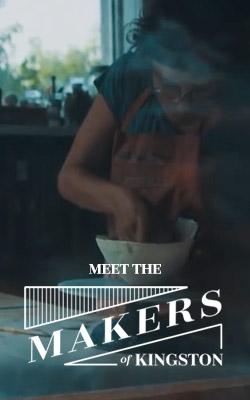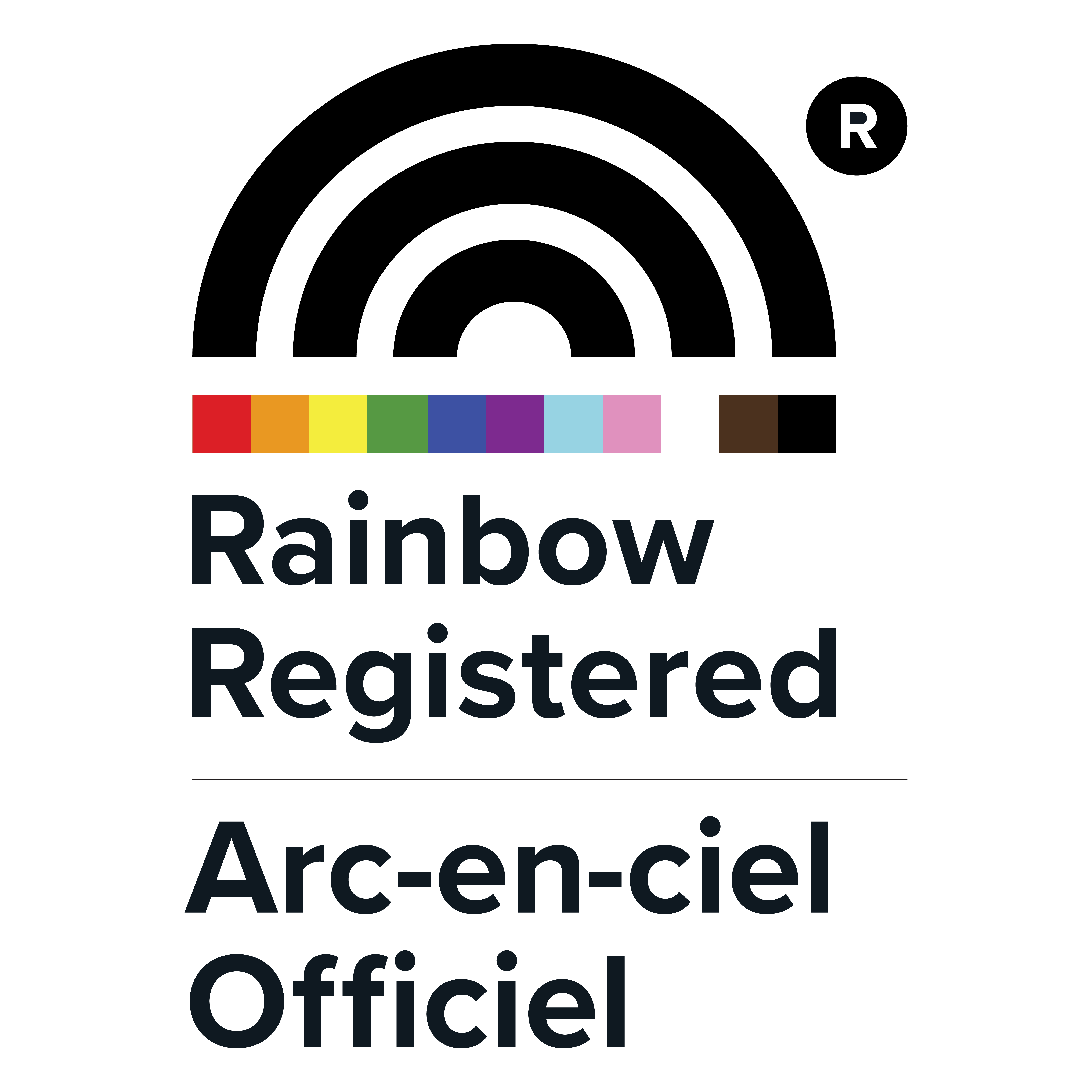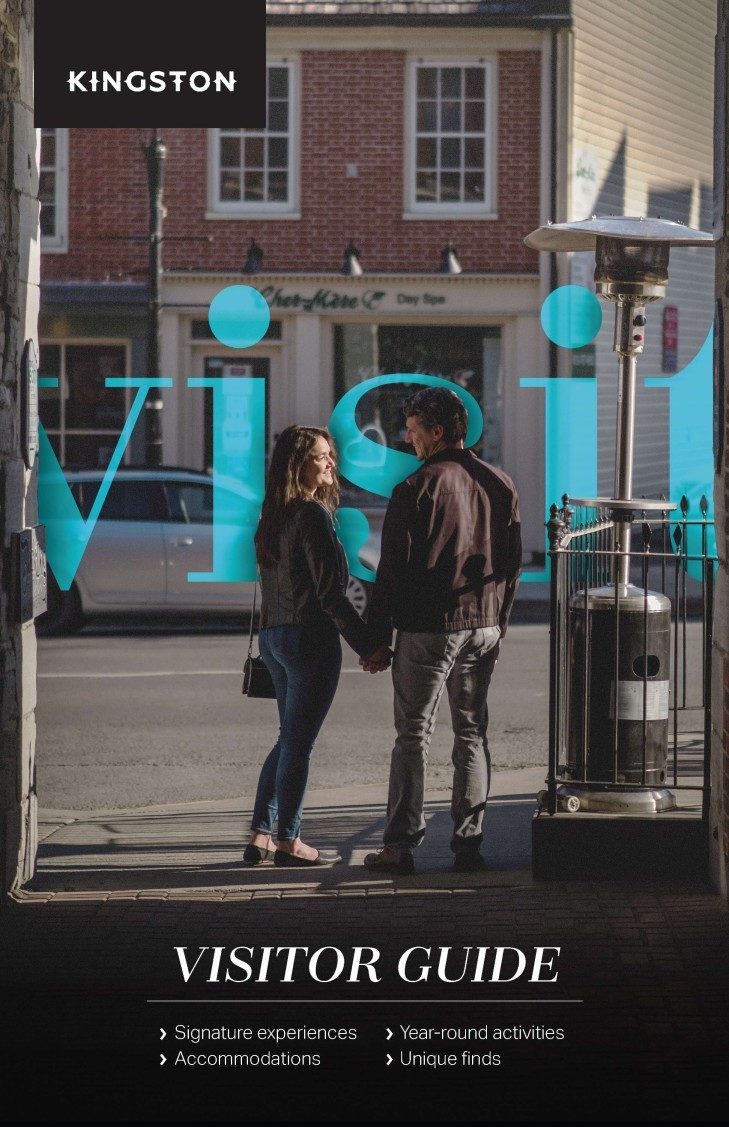You may be familiar with some of Kingston’s historic inns, which combine vintage charm with modern comfort for visitors. But what do you know about the origins of these inns? Some of these grand Victorian- (and one Georgian-) era buildings were once single-family homes, and one was a bank!
View this post on Instagram
View this post on Instagram
All Suites Whitney Manor
8 Starr Place
The history of All Suites Whitney Manor goes back to 1817, the year this majestic limestone home was built for James McKenzie. A captain in the British Navy, he had originally come to the Kingston area to serve in the War of 1812. He returned to the area in 1816 and bought the land on which his home would stand. In 1817, the year the home was built, McKenzie became captain of the steamship Frontenac, the first steamship on Lake Ontario.
McKenzie had his home, then named “Greystone Manor,” built to evoke an English manor. The 8,000 square-foot farmhouse boasted large rooms with 16-foot ceilings, nine fireplaces, and hand-hewn beams supporting the limestone structure. The manor included a second-floor ballroom and an on-site chapel. The home’s south-facing windows have exquisite views of the nearby St. Lawrence River. The property had few neighbours; over the years, Barriefield and Pittsburgh Township slowly developed around Greystone Manor.
View this post on Instagram
Over the manor’s 204-year history, it went through a few name changes, and a number of notable owners. Bill Cook bought the property in 1936, after he retired from the NHL. The famed hockey player and coach farmed on the property, which was then named Sopwell Hall. There, Cook planted apple trees and wheat.
The Whitney family purchased the property in 1973. Thomas King Whitney was a well-known Kingston business owner (Whitney Fine Furnishings). A few years later, his wife, Norma, wrote in an article about the property’s history, “[w]e marvel every day at Mr. James McKenzie who dared to build in the woods of Upper Canada. I hope he knows that we care about [the home] in every possible way.” The home remained in the Whitney family for two generations and is now named Whitney Manor in their honour.
View this post on Instagram
Today, All-Suites Whitney Manor offers five luxury suites for short- and longer-term stays. Among the suites are the former chapel and former ballroom. In each suite, guests are surrounded by both modern amenities and 200 years of history.
View this post on Instagram
Frontenac Club
225 King Street East
In 1845, the Bank of Montreal opened its first purpose-built branch in Kingston. Previously, the bank had relied on bank agents, who operated out of post offices or retail stores in different communities. There had been a bank agent in Kingston since 1817, the first in Upper Canada. This new branch, at the corner of King and William streets, was designed by architect Edward Crane.
The bank was on the first floor. (Today, the Bank Gastrobar is on the footprint of the original bank floor: the bar is where the teller’s cage would have been, and the vault is now a private dining room that seats eight.) The bank manager and his family lived on the second floor. The bank tellers lived on the third floor, and the security staff lived in the basement.
View this post on Instagram
In 1906, the building was sold and in 1908 it became a private club, called the Frontenac Club. The Bank of Montreal moved to a new location, just two blocks away at King and Clarence Street.
The Frontenac Club was a members-only club for men: its membership, which totaled up to 250 local men, included politicians, businessmen, professors, and military officers. Here, they dined, talked shop, and played cards or billiards. Club staff lived next door in another limestone building on William Street. This house, dating back to 1826, was originally owned by Richard Cartwright, who settled in Kingston in 1784.
View this post on Instagram
A 1908 purpose-built structure between the two buildings included a bowling alley for members. This William Street building was constructed from limestone quarried on site.
The club was sold in 1935 and later became apartments.
In its newest iteration as a boutique inn, the three buildings have been renovated and connected to create a seamless structure. The bowling alley space is now filled with a guest lounge and a suite. Part of the old bowling alley floor has been preserved as a large coffee table in the lounge.
View this post on Instagram
The Rosemount Inn
46 Sydenham Street
This mansion was built in 1848–1850, the design of noted architect William Coverdale. Coverdale also put his stamp on a number of other Kingston buildings, including the Sydenham Street United Church, Kingston Penitentiary, and the Prince George Hotel.
Coverdale’s client for this project was Edward Hardy, a dry-goods merchant in Kingston. (A dry-goods store sold consumer items that wouldn’t be found in grocery or hardware stores. Hardy would have sold things like stationery, magazines, and textiles in his Princess Street store.)
View this post on Instagram
Coverdale’s design followed the Georgian style, with a central hall and main rooms off the hall on each side, and a tower over the entrance. The square tower and other design features – balconies, windows, and chimney stacks – are reminiscent of a medieval Tuscan villa. Coverdale took inspiration from a property of Queen Victoria’s, Osborne House in the Isle of Wight, which had been built a few years earlier. A Regency-style verandah once wrapped the house on two sides. While it is gone, the original cast-iron fence surrounding the property remains.
The Hardy home was completed in 1850 at a cost of 1,155 pounds. The architect was paid just over 46 pounds for his work. (The Province of Canada would continue to use the British currency system exclusively until the 1850s.)
View this post on Instagram
The Hardy family lived in the front section of the spacious mansion, with servants living and working in the back of the house. The house remained in the Hardy family for a second generation before passing on to other families. Later on, the building was turned into apartments.
Today, the Rosemount Inn boasts nine guest rooms in the main house. There is an on-site limestone coach house on the property that has been turned into two guest suites. The building retains its original pine floors from the 1850s.
View this post on Instagram
Hochelaga Inn
24 Sydenham Street
This mansion was built in 1879 by architect Joseph Power for John MacIntyre, a Kingston lawyer and former mayor, and his wife, Harriet (Macpherson), a niece of Sir John. A. Macdonald. (John MacIntyre was also later a member of the Frontenac Club.)
Joseph Power was the son of John Power, the architect of Macintosh Castle, just down Sydenham Street from the MacIntyre home. This new building was made from red brick, increasingly in fashion in Kingston homes in the 1870s and 1880s. Just as local limestone was used in many of Kingston’s buildings, the bricks used to construct the MacIntyre home may have also been locally sourced; there were clay deposits throughout the community. Clay bricks provided a less expensive – and more colourful – alternative to limestone for new buildings. And as seen in the MacIntyre home, brick can be used as decorative embellishments on building exteriors.
View this post on Instagram
Like the Rosemount Inn design, this house features a prominent central tower, but in a much different shape. The tower here is octagonal at its top, reminiscent of a church steeple.
Inside, many of the house’s original decorative and functional elements have been preserved, including an elaborate “M” for MacIntyre in the stained-glass door panel in the entranceway. To the left of the entranceway, the dining room features the original ornate mantelpiece and a unique double fireplace. Sharing a chimney in the centre, one fireplace would have heated the MacIntyres’ dining room, the other the adjacent study.
View this post on Instagram
In 1907, the building was purchased by the Bank of Montreal Hochelaga Foundation. The building served as accommodation for travelling bank employees staying in Kingston. It was converted into apartments in 1933 and first became a bed and breakfast in the 1980s.
View this post on Instagram
Secret Garden Inn
73 Sydenham Street
In 1888, Joseph Power designed another Kingston home: 73 Sydenham Street, now the Secret Garden Inn. Actually, in 1888, there were so few houses on Sydenham Street that the house didn’t have a street number. Even 30 years later, the house built for John McKay was listed as 61 Sydenham in local directories. Its street number changed later as houses were built on previously empty lots.
John McKay was a merchant, dealing in hides, furs, and wools. He had followed his father in this trade, and after John’s death in 1904, his son, also named John, took over the business, growing it into a well-known wholesale and retail fur company with a storefront on Brock Street. The motto of McKay Furs was “From trapper to wearer.”
View this post on Instagram
Like the MacIntyre home, the McKay home was constructed in red brick. Additional details on this house include terra cotta panels, which were incorporated into the second story of the building. The terra cotta work was designed by Michael J. Hynes. Joseph Power would have chosen the floral panels from an architectural catalogue from Hynes’ company, the Canadian Terra Cotta Company of Toronto, and had them integrated into the brickwork. The floral motif in the exterior terra cotta panels is echoed inside the house, in the stained-glass panels in the entranceway door and on the second-floor landing.
In design, the McKay house echoed that of another Joseph Power project completed in 1886: 95 King Street East, then known as the Hendry house. It is fitting that these two properties now have the same owners. The greenhouse at 95 King Street provides herbs and flowers for the freshly prepared dishes at the Secret Garden Inn. The King Street property itself is being revitalized for corporate meetings and retreats.
View this post on Instagram





















